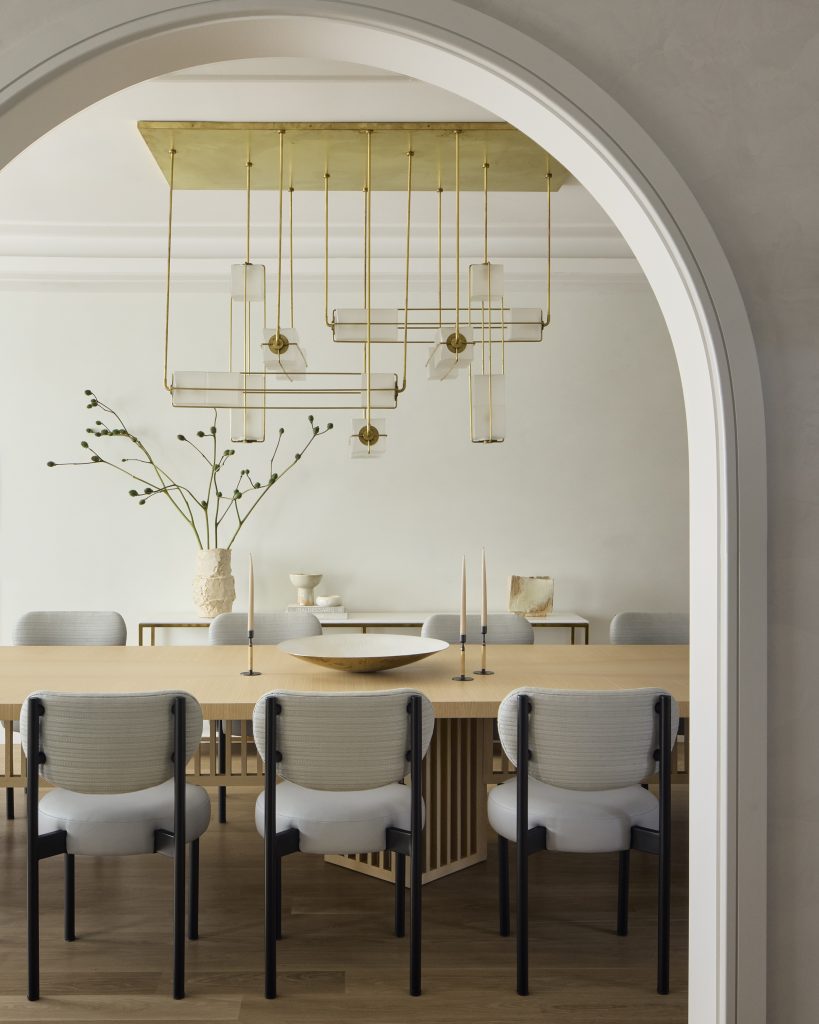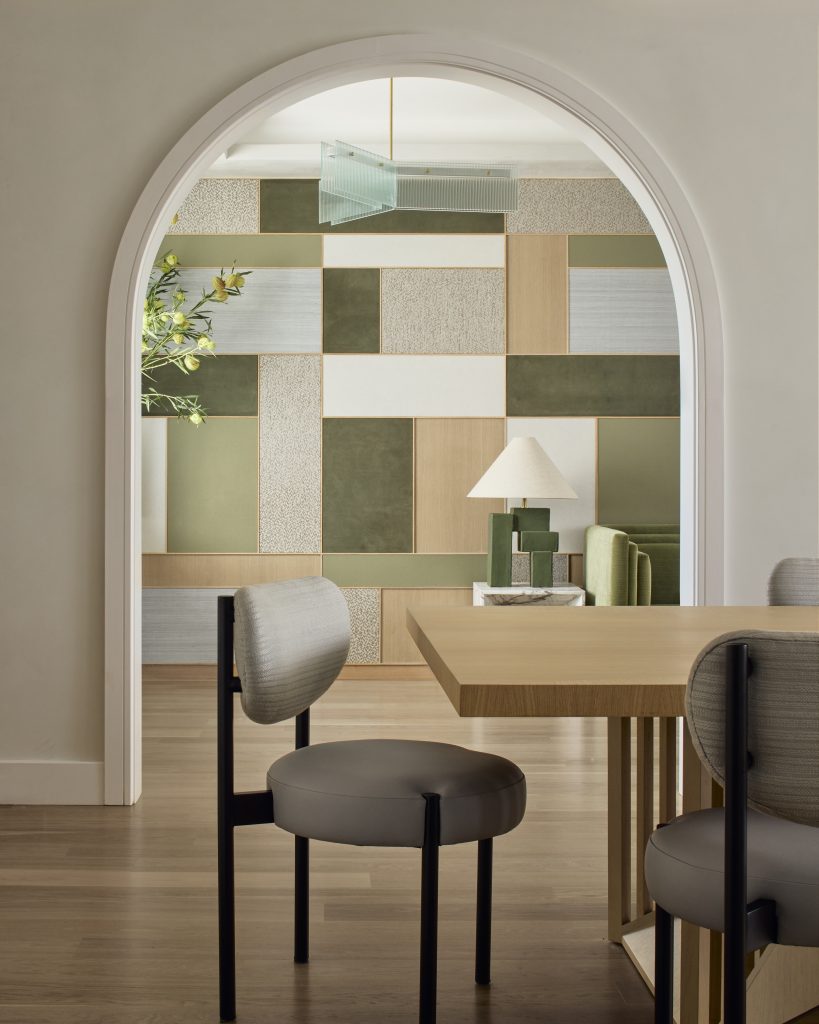What does it mean to live consciously in your home? A well-designed home isn’t just about aesthetics—it’s about creating a space that seamlessly supports your daily life. The goal is to eliminate dead space, ensuring that every square foot has a purpose and that every room functions effortlessly to enhance your routines and lifestyle.

Step 1: Understanding Your Life Systems Before You Design
Before selecting layouts or finishes, it’s crucial to map out how you actually live. Begin with a Daily Flow Audit, tracking your movements and routines for a few days. Identify the spaces you use most, those that feel awkward or underutilized, and what aspects of your home currently cause frustration or inefficiency.
Next, assess your Essential Systems, optimizing key areas such as morning routines, cooking and meal prep, work and focus, storage and organization, relaxation, and entertaining guests. Finally, challenge every square foot by Eliminating Dead Spaces—if a space isn’t serving a function, rethink how it can be redesigned to add value to your daily life.
Step 2: Designing with Systems, Not Just Aesthetics
Once you understand how you live, your home’s design should enhance your lifestyle rather than work against it. Zoning with Purpose ensures that every area has a clear function—for example, a reading nook should include not just a chair but also appropriate lighting, shelving, and ambiance to encourage relaxation.
Storage Should Be Designed for You, meaning custom storage solutions should be tailored to your habits rather than relying on standard closet designs. Furniture Layouts Should Promote Flow, ensuring that each piece contributes to movement and usability rather than just aesthetics. Finally, Lighting Should Adapt to Your Lifestyle, incorporating layered lighting that adjusts based on function, whether for tasks or ambiance.
Step 3: Creating a Home That Evolves with You
Your home should support not only who you are today but also who you are becoming. To Future-Proof Your Home, design flexible spaces that can evolve over time, such as a guest bedroom that can double as a workspace. Integrate Smart Technology in a way that enhances function without adding clutter. Prioritize Sustainability and Wellness by choosing natural materials, improving air quality, and implementing smart energy use to create a home that truly nourishes you.
To maintain a conscious home, regularly audit your space to ensure it continues to serve your evolving needs. The key to long-term functionality is designing with intention over trends, creating a home that doesn’t just look good but works beautifully for the way you live.

THE CONSCIOUS HOME CHECKLIST: DESIGNING FOR FUNCTIONALITY AND FLOW
Use this ultimate checklist to think critically about your home’s functionality before you build or renovate!

